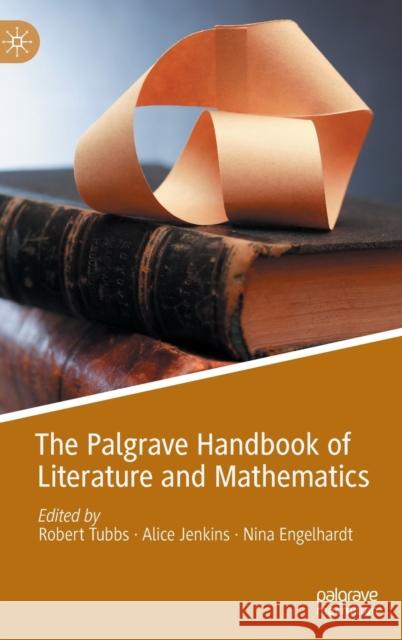The Palgrave Handbook of Literature and Mathematics » książka
topmenu
The Palgrave Handbook of Literature and Mathematics
ISBN-13: 9783030554774 / Angielski / Twarda / 2020 / 623 str.
The Palgrave Handbook of Literature and Mathematics
ISBN-13: 9783030554774 / Angielski / Twarda / 2020 / 623 str.
cena 724,58
(netto: 690,08 VAT: 5%)
Najniższa cena z 30 dni: 693,97
(netto: 690,08 VAT: 5%)
Najniższa cena z 30 dni: 693,97
Termin realizacji zamówienia:
ok. 22 dni roboczych
Bez gwarancji dostawy przed świętami
ok. 22 dni roboczych
Bez gwarancji dostawy przed świętami
Darmowa dostawa!
Kategorie:
Kategorie BISAC:
Wydawca:
Palgrave MacMillan
Język:
Angielski
ISBN-13:
9783030554774
Rok wydania:
2020
Wydanie:
2021
Ilość stron:
623
Waga:
1.07 kg
Wymiary:
23.39 x 15.6 x 3.51
Oprawa:
Twarda
Wolumenów:
01
Dodatkowe informacje:
Wydanie ilustrowane











